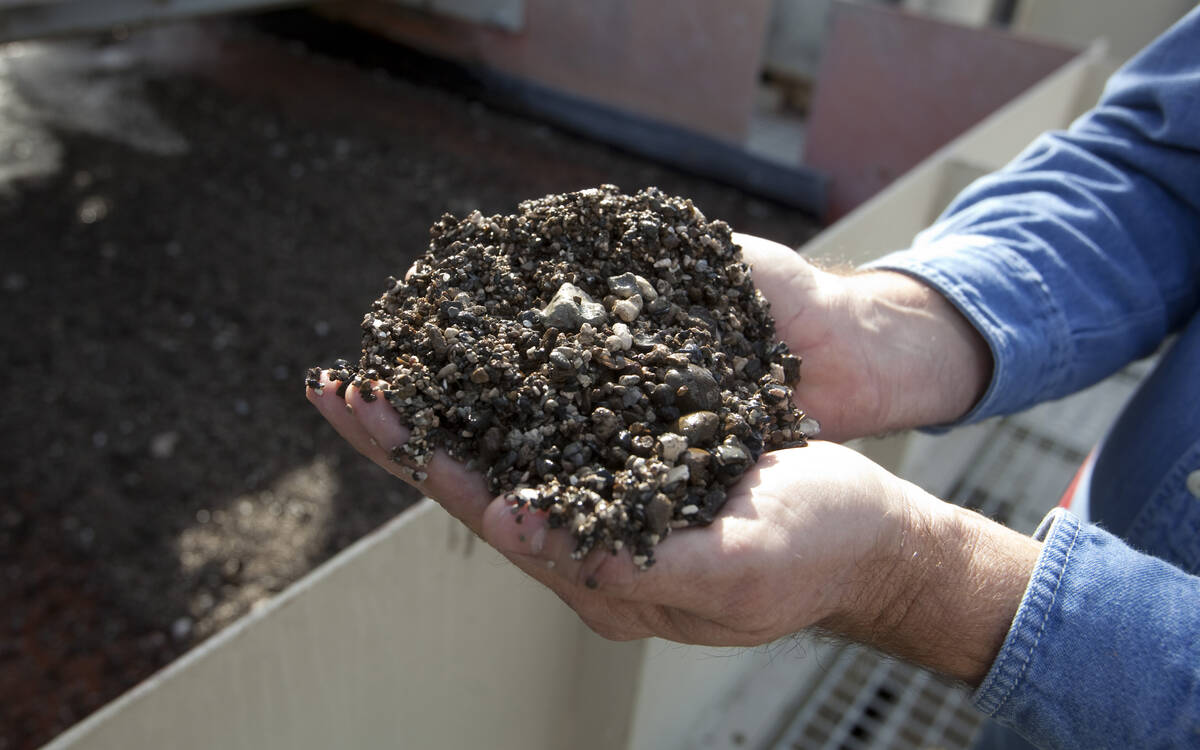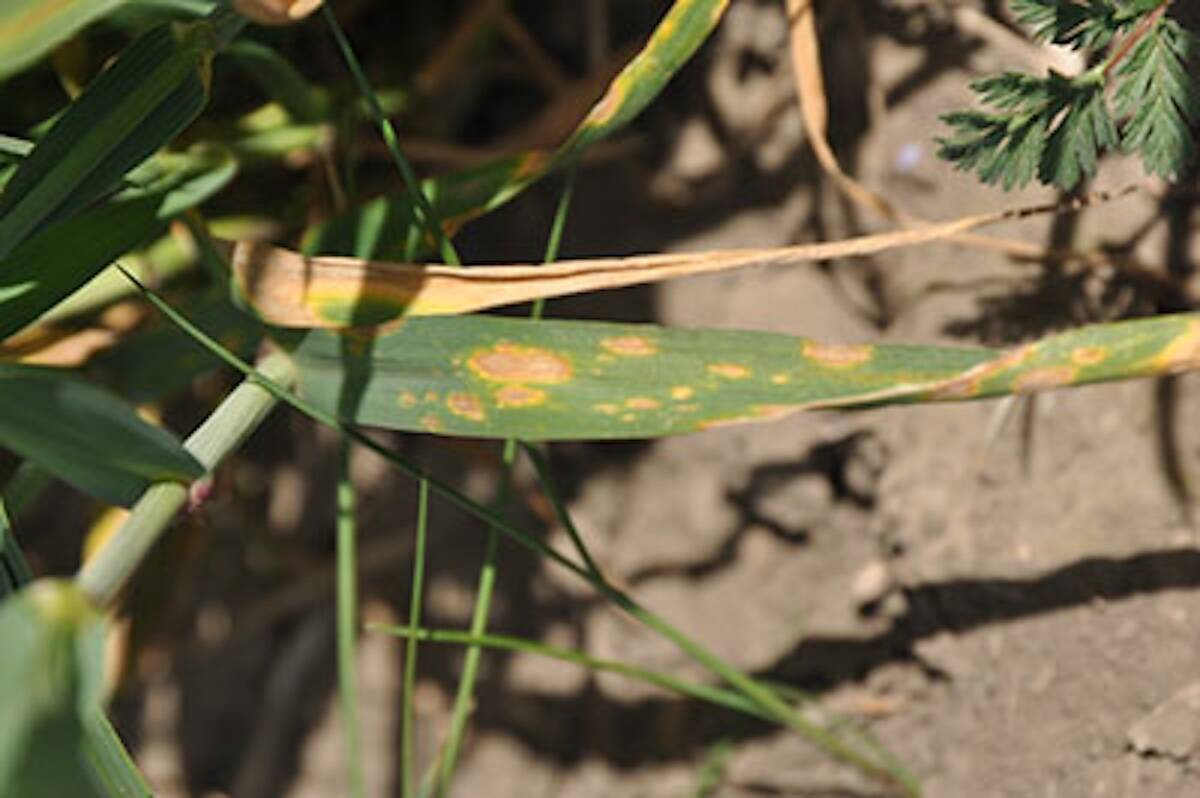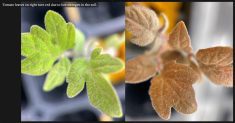Glacier FarmMedia – A warm June has resulted in suspected sightings of physiological leaf spot in a number of winter wheat fields in southern Alberta, according to Prairie Crop Disease Monitoring Network.
PLS appears as round or oval lesions that may be yellow or bleached white to grey in colour. Lesions may also have a dark centre with a narrow chlorotic (yellow) halos and tend to be more numerous toward the tip of the leaf blade. Lesions are often found in the upper canopy, but they are rare on lower leaves.
Several factors can contribute to PLS. Although nearly all wheat varieties can exhibit PLS, some varieties are more prone to it, such as CDC Falcon.
Read Also

Phosphate prices to remain high
Phosphate prices are expected to remain elevated, according to Mosaic’s president.
Checking chloride levels in plants and soil is critical.
Soil with inadequate chloride levels, or where chloride is unavailable to the plant, are sometimes more severely affected. Supplementing deficient areas with chloride fertilizers can help avoid or prevent PLS but may not provide a yield benefit.
Chloride levels in soil of greater than 30 pounds per acre in the top 24 inches are generally sufficient.
Fluctuating weather conditions where overcast, cloudy days are followed by sunshine-intensive days, or sunshine and heavy rains going back and forth close together, increases the probability of PLS.
During June and July, crop scouting for leaf spot diseases in cereals is critical for assessing risk.
Fungicides are not effective for PLS, but preventive measures can help prevent outbreaks.
If chloride deficiency is suspected, apply chloride-containing fertilizers to correct the imbalance.
Prune away and dispose of discoloured leaves to prevent the spread of the disease.
Ensure proper drainage in fields to avoid waterlogged conditions that can encourage PLS.
Enriching the soil with organic matter can improve its structure and nutrient retention.















